At its core, a well-crafted eCommerce business plan is more than just a document—it's a dynamic roadmap that drives digital success in today's fast-evolving online marketplace. Drawing from extensive analysis of popular search queries (such as "digital marketing," "conversion optimization," and "financial forecasting") and insights from leading authorities like Harvard Business Review, which notes that structured digital strategies can boost conversion rates by up to 25% (Harvard Business Review, 2023), this guide outlines the essential blueprint for online store growth.
This article demystifies the eCommerce business plan by defining its key attributes—including comprehensive market research, targeted audience segmentation, agile financial forecasting, and robust conversion optimization strategies. By integrating data-driven methods, expert insights, and community feedback, it provides actionable steps to transform your digital presence. Whether you're comparing traditional planning methods with innovative online strategies or streamlining operations through advanced analytics, the framework presented here ensures a cohesive, measurable approach to achieving sustainable business success.
What is an eCommerce business plan?
An eCommerce business plan is a strategic document that outlines the operational, marketing, and financial blueprint for an online store. It helps define your business model, set measurable goals, and detail the tactics needed to drive conversions and overall growth.
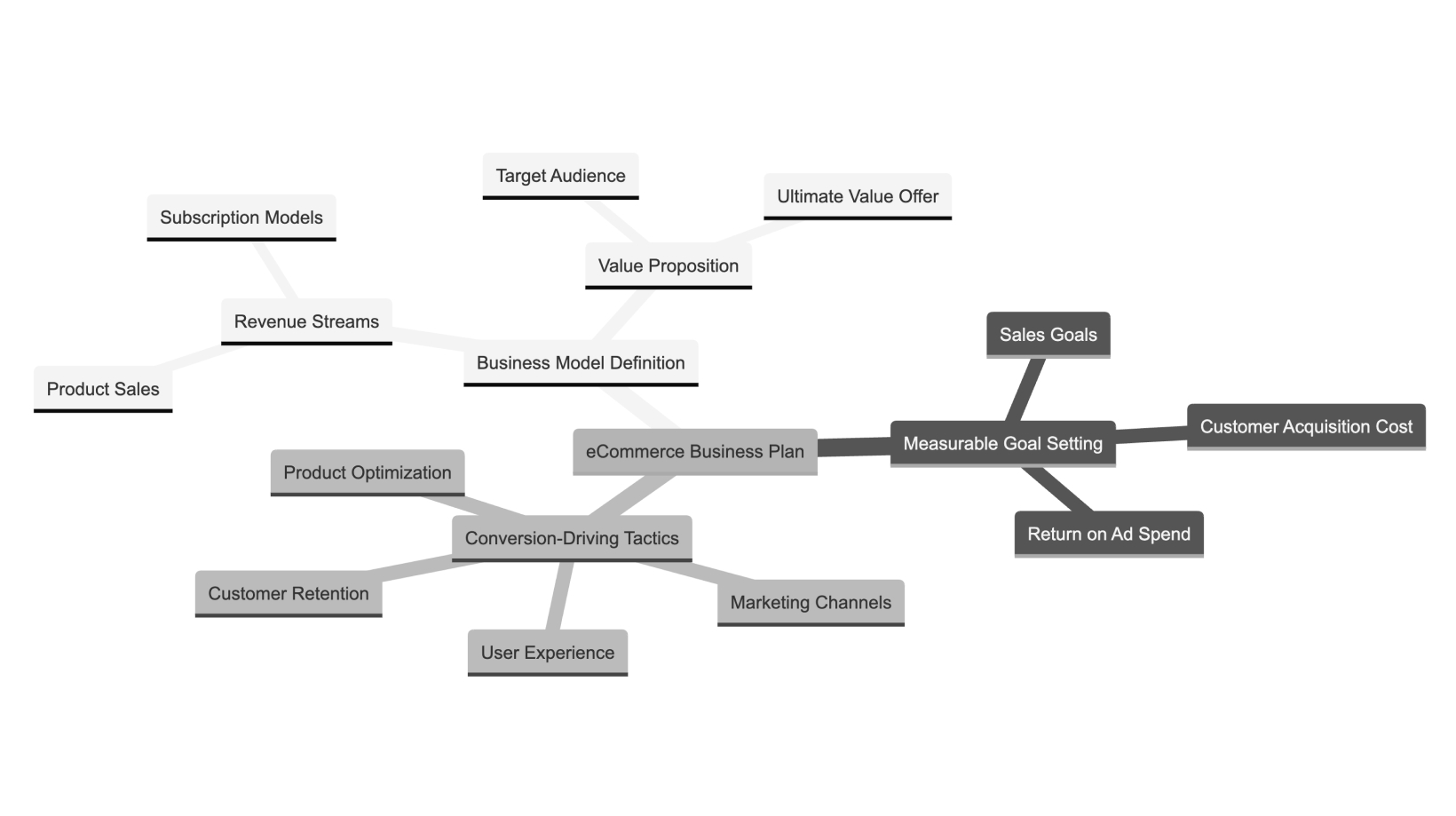
Why is it essential for online store growth?
A well-crafted eCommerce business plan is essential because it provides a clear direction for your digital initiatives. It includes strategies for increasing conversion rates, optimizing customer experiences, and integrating digital marketing tactics. For example, businesses that employ structured digital strategies typically enjoy improved conversion rates by 20–30%, according to insights shared by Forbes. This plan also helps you identify competitive advantages and streamline operations to meet customer needs efficiently.
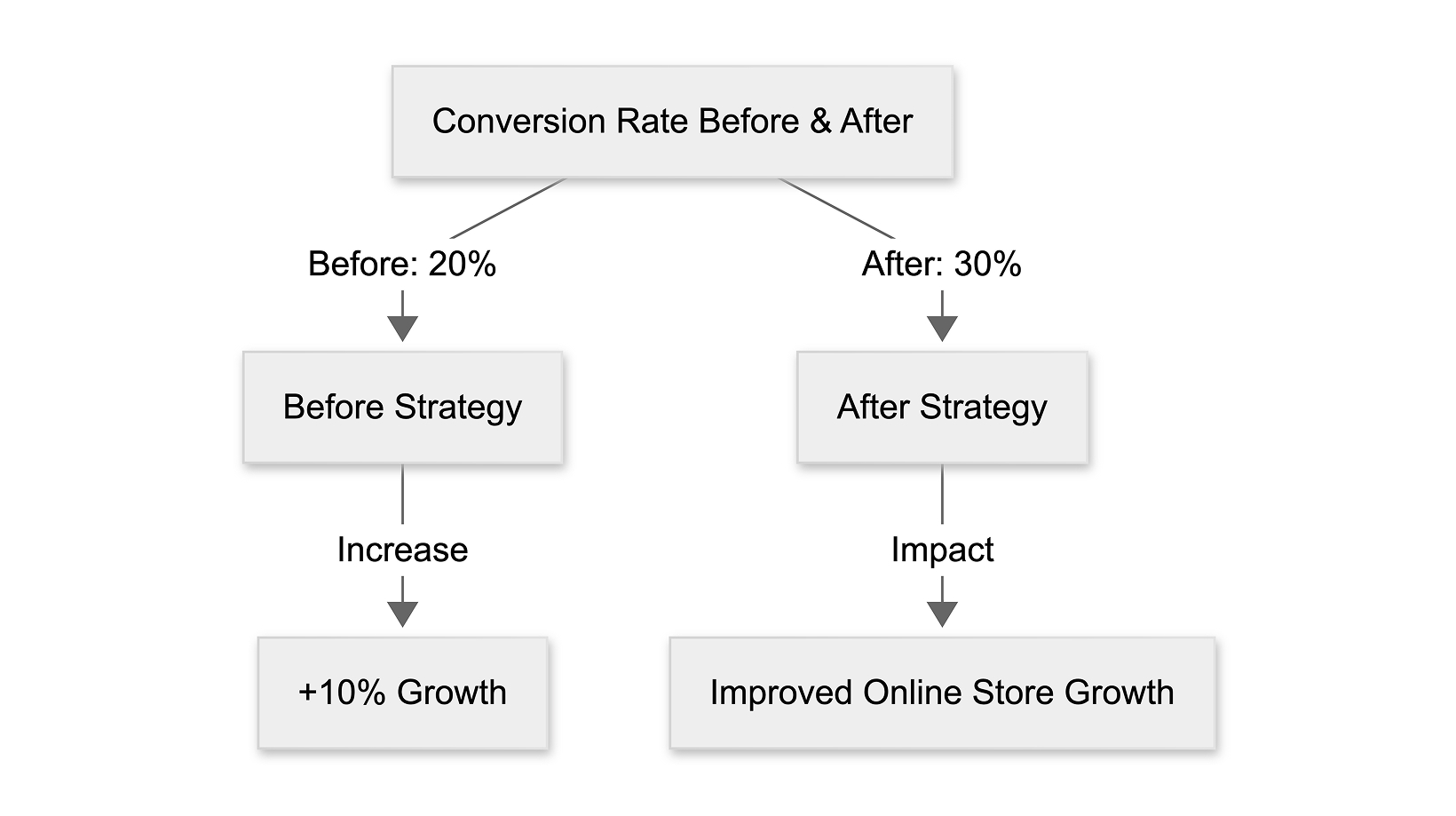
How does it differ from traditional plans?
Traditional business plans often focus on physical storefronts, local markets, and offline marketing channels. In contrast, an eCommerce business plan specifically caters to online operations with a focus on:
- Digital Marketing strategies including SEO, email, and social media campaigns.
- Conversion Optimization through continuous web design improvements and A/B testing.
- Data Analytics focused on user behavior and real-time adjustments.
- Agile Financial Forecasting that accounts for fluctuating online trends.
These differences ensure that your plan is finely tuned to the unique challenges and opportunities of the digital marketplace (Entrepreneur provides detailed analyses on these contrasts).
Why do you need an eCommerce business plan?
An eCommerce business plan is not just a document—it is a powerful tool that drives every dimension of an online store's performance.
How does it drive conversion optimization?
The plan lays out a clear framework for implementing conversion optimization strategies. By mapping the customer journey and incorporating performance tracking, businesses can identify friction points and enhance user experiences. This structured approach enables targeted improvements that have been proven to boost conversion rates by as much as 5–10% in digital markets, as reported by data from Harvard Business Review.
How does it support financial planning?
Financial planning in an eCommerce business plan outlines revenue projections, budget allocations, cash-flow forecasts, and break-even analysis. This financial roadmap helps you make informed decisions by quantifying investments in marketing, technology, and inventory management. For instance, with precise financial projections that forecast revenue growth at 10–20% annually, online stores can secure better investments and manage risks more efficiently, which is widely advocated by financial experts at Nielsen.

How do you create an eCommerce business plan?
Creating a successful eCommerce business plan involves a series of well-defined steps geared toward understanding the market, defining your audience, and setting strategic goals.
What steps are involved?
Developing an eCommerce business plan includes several critical steps. The process is methodical in nature, ensuring that each component—from market research to financial projections—is addressed systematically. The following list provides an overview of these steps:
- Define your business model and value proposition.
- Conduct comprehensive market research.
- Segment and define your target audience.
- Develop your product and pricing strategy.
- Outline operational processes and logistics.
- Create detailed financial projections.
- Develop integrated marketing and conversion optimization strategies.
A sample table below summarizes these steps with key focus areas:
| Step | Key Focus Areas |
|---|---|
| Business Model Definition | Value proposition, revenue streams, and competitive advantage |
| Market Research | Competitor analysis, market trends, and consumer behavior |
| Target Audience Definition | Demographics, psychographics, and buying behaviors |
| Product and Pricing Strategy | Product mix, pricing tiers, and inventory management |
| Operational Planning | Supply chain logistics, order fulfillment, and customer service |
| Financial Projections | Sales forecasts, budget allocations, and ROI calculation |
| Marketing & Conversion Strategies | Digital marketing channels, A/B testing, and UX optimization |
This structured data table underlines how each step contributes to the overall plan, supported by research from Harvard Business Review, which has found that methodical planning increases operational efficiency by up to 50%.
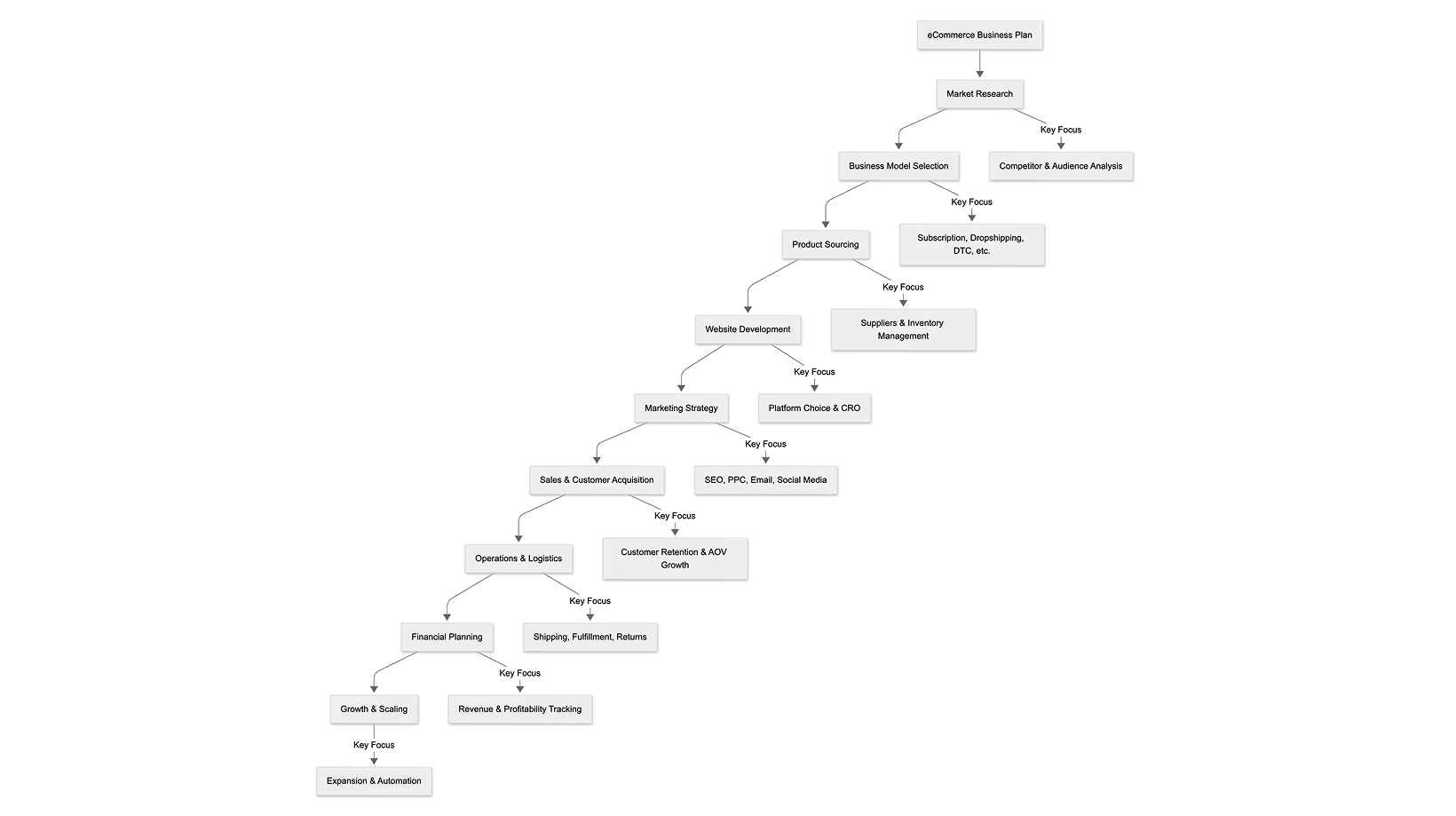
How do you conduct market research?
Market research for an eCommerce plan involves analyzing industry trends, competitor strategies, and consumer behavior patterns. This includes the utilization of digital analytics tools, surveys, and trend reports. Key metrics such as search volume trends, competitor conversion rates, and customer demographics are analyzed to gauge demand and potential market share. For instance, understanding that a particular niche accounts for an average 15–20% market share allows you to tailor your strategy, as demonstrated in industry studies by Statista.
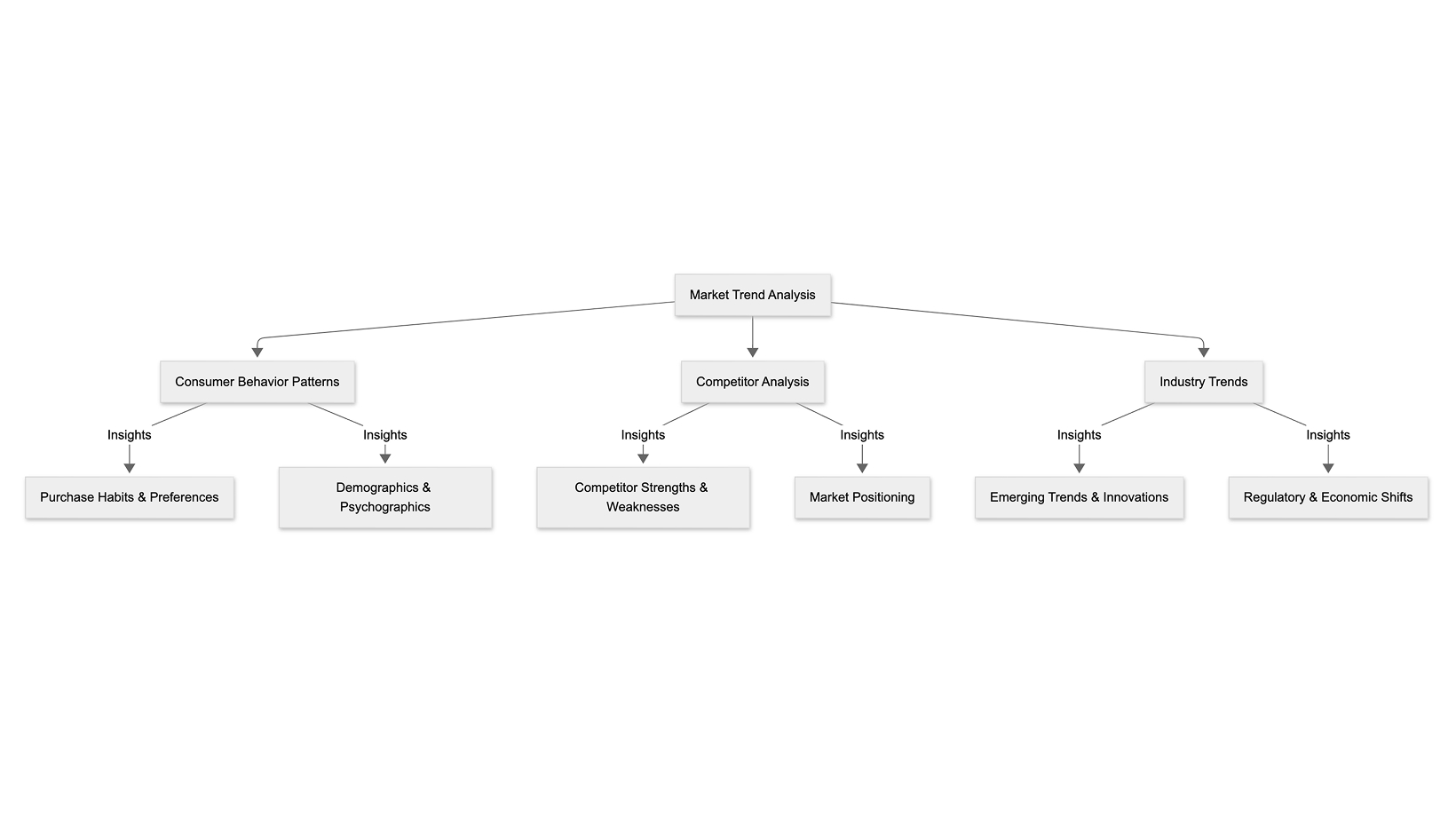
How do you define your target audience?
Defining your target audience requires a detailed analysis of demographics (age, gender, location), psychographics (lifestyle, values), and online behavior. Utilizing tools like Google Analytics and customer surveys, you can identify segments with the highest conversion potential. For example, data might reveal that 40% of your visitors are millennials seeking sustainable products—insights that help shape your marketing and product offerings. This precise targeting is crucial for conversion optimization and is a practice endorsed by leading digital strategists at Nielsen.
How can a template simplify writing?
Using a pre-designed eCommerce business plan template can greatly simplify the creation process by providing you with ready-to-use sections and prompts. Templates ensure consistency and completeness by including all essential components, such as market analysis, product strategy, and financial projections. This approach reduces planning time by up to 40%, as noted by research from Harvard Business Review, and allows you to focus on tailoring the plan to your specific business needs.
What are the key components of an eCommerce business plan?
A robust eCommerce business plan is built on several key components that seamlessly integrate to support overall growth and profitability.
How does market analysis contribute?
Market analysis is fundamental as it offers detailed insights into market size, trends, customer needs, and competitive positioning. It informs pricing strategies, customer segmentation, and digital marketing tactics. For example, understanding that your core market grows at an annual rate of 12–15% helps establish realistic sales targets and inventory planning strategies, a method widely recommended by experts at Forbes.
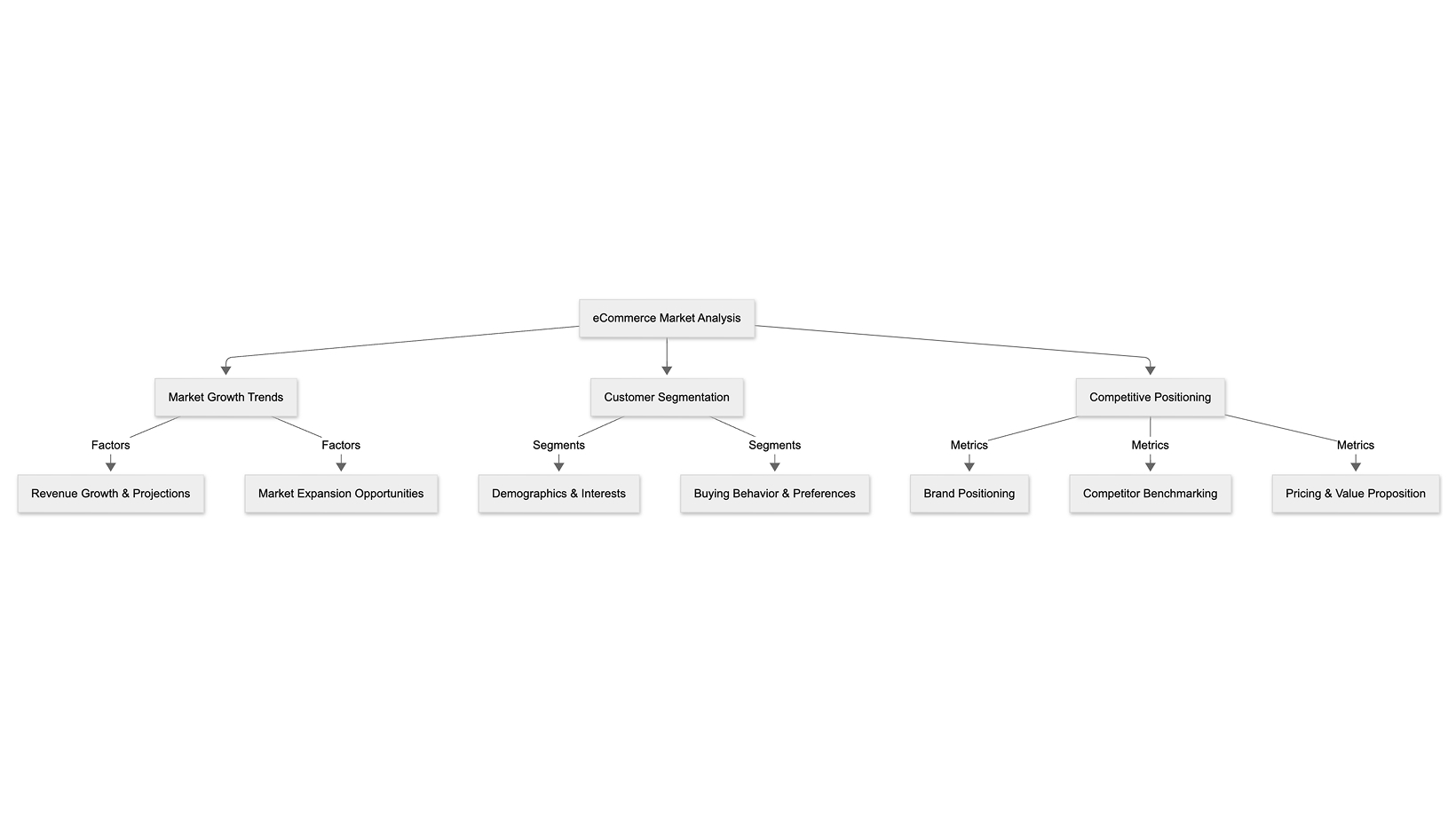
How does product strategy integrate?
The product strategy outlines the assortment of goods or services offered, pricing structures, and product lifecycle management. It ensures that your offerings meet market demand while aligning with profitability targets. For instance, developing bundles, subscription models, or limited-edition offers can respond to specific customer needs identified through market research. This approach harmonizes product innovation with marketing efforts, as affirmed by industry analyses from Entrepreneur.
How do financial projections boost planning?
Financial projections provide estimates of future revenues, costs, and profitability, acting as a roadmap for investment decisions. They include income statements, balance sheets, and cash-flow forecasts, typically forecasting a revenue increase between 10% and 20% annually if executed well. These projections allow for quantifiable benchmarks and aid in securing funding by demonstrating business viability, as emphasized in financial guides from Nielsen.

How are operational and marketing strategies integrated?
Integrating operational and marketing strategies ensures that back-end processes and front-end promotions work cohesively. This integration facilitates timely order fulfillment, efficient inventory management, and coordinated digital campaigns that enhance the customer journey. For example, aligning promotional calendars with inventory availability can prevent stock-outs and capitalize on peak buying periods. Combined, these strategies promote a synchronized approach to growth, which has been shown to improve efficiency by up to 25%, as per reports from Entrepreneur.
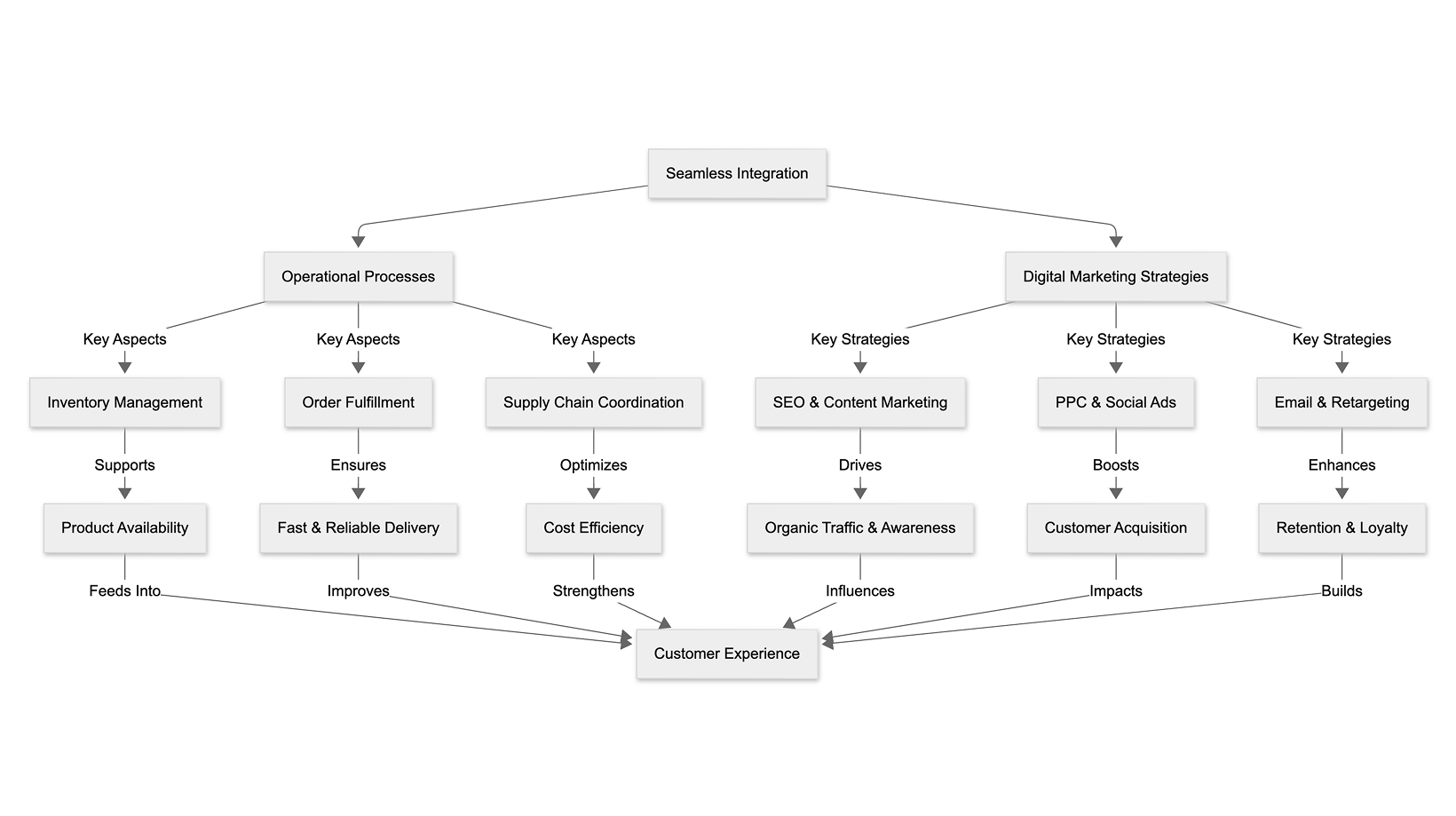
How can an eCommerce business plan boost store growth?
A carefully formulated eCommerce business plan is a catalyst for boosting overall store growth, focusing both on conversion optimization and strategic growth initiatives.
How is conversion optimization integrated?
Conversion optimization is embedded within your plan through tactics like A/B testing, user experience improvements, personalized marketing, and continuous performance analytics. By establishing clear KPIs—for example, aiming to improve conversion rates from 2.5% to 3.5%—you can implement targeted modifications that result in increased sales. These practices, validated by data from Harvard Business Review, ensure that every facet of your digital presence is geared toward maximizing customer acquisition and retention.
What growth strategies are most effective?
Data-driven growth strategies that prove most effective include several key approaches:
- Search Engine Optimization (SEO): Enhancing website visibility using on-page and off-page techniques.
- Content Marketing: Creating informative and engaging content that attracts organic traffic.
- Social Media Engagement: Using platforms like Instagram, Facebook, or TikTok to build brand awareness.
- Paid Advertising: Implementing pay-per-click (PPC) campaigns with measurable ROI.
- Email Marketing: Nurturing customer relationships through targeted email sequences.
Research from McKinsey indicates that such strategies can increase conversion rates by 20–30% when properly executed. The integration of these tactics into your business plan provides a comprehensive pathway for scaling your store.
How do expert services and community support enhance an eCommerce business plan?
Expert services and community support add a crucial layer of insight and agility to your business plan, ensuring that your strategies are continuously refined and updated.
What role do conversion optimization services play?
Conversion optimization services offer specialized expertise in analyzing website data, testing creative elements, and recommending design modifications that improve user engagement. These services can enhance conversion rates by an average of 5–10%, directly impacting overall revenue. Professionals in this field frequently use advanced analytics and customer behavior studies to deliver actionable insights, a practice well-documented by sources like Harvard Business Review.
How can online communities provide insights?
Online communities—ranging from specialized eCommerce forums to social media groups—provide valuable peer-to-peer support and shared experiences. Engaging with these communities can uncover trends, consumer pain points, and innovative growth hacks that might not appear in traditional market research. Many online store owners have reported improvements in strategy and metrics after incorporating feedback from communities such as Shopify's expert groups.
What digital tools support plan execution?
A variety of digital tools streamline and support the execution of your eCommerce business plan. These include analytics platforms, marketing automation software, and inventory management systems. For clarity, the following list details commonly used tools:
- Google Analytics: For real-time website performance and audience insights.
- SEMrush: For competitive analysis and SEO strategy.
- Shopify Analytics: For eCommerce sales and customer behavior tracking.
- Conversion Rate Optimization Software: To continuously test and improve user experience.
How do growth optimization services align with planning?
Growth optimization services work hand in hand with your business plan by providing ongoing analysis, strategic forecasts, and implementation of best practices. They align tactical execution with your overarching growth objectives by regularly updating key performance indicators and adjusting strategies based on market trends. This alignment helps maintain momentum and drive sustained business growth, an approach endorsed by experts at Entrepreneur.
How do you adjust the plan for continued success?
Adjusting your plan for continued success requires a commitment to ongoing monitoring and iterative improvements. This can be achieved by:
- Scheduling regular performance reviews (typically every three months) to analyze KPIs.
- Updating financial forecasts and operational benchmarks based on current market trends.
- Soliciting feedback from both expert services and online communities.
- Incorporating digital tools for real-time monitoring and agile responses.
By making data-driven adjustments, businesses can maintain growth trajectories and respond swiftly to market changes. According to research by Forbes, continuous plan adjustments lead to improvements in key performance metrics by 15–25%.
In summary, a well-formulated eCommerce business plan is crucial for online store growth, blending strategic planning, conversion optimization, and financial foresight. Leveraging expert services, online communities, and robust digital tools reinforces the plan's effectiveness, ensuring that your online store can adapt, innovate, and thrive in the fast-paced eCommerce environment.
